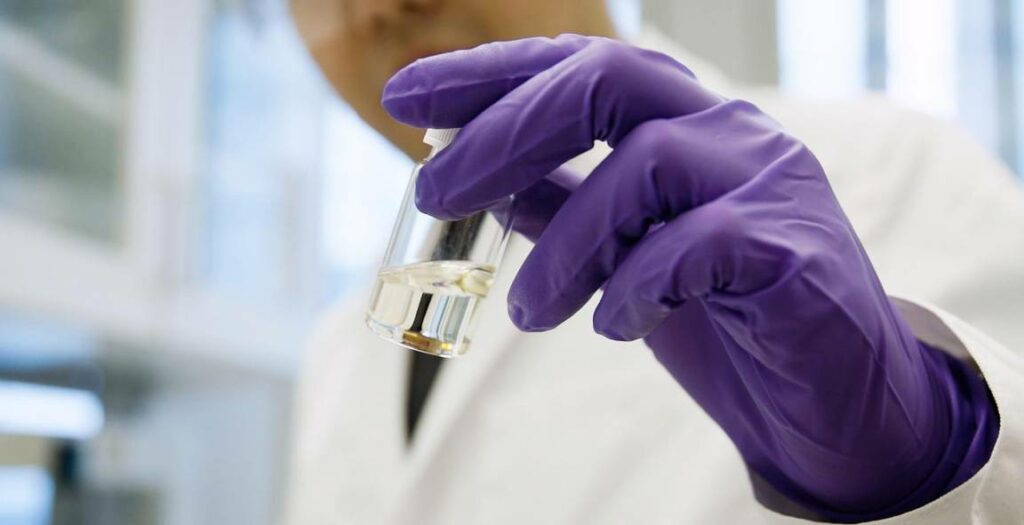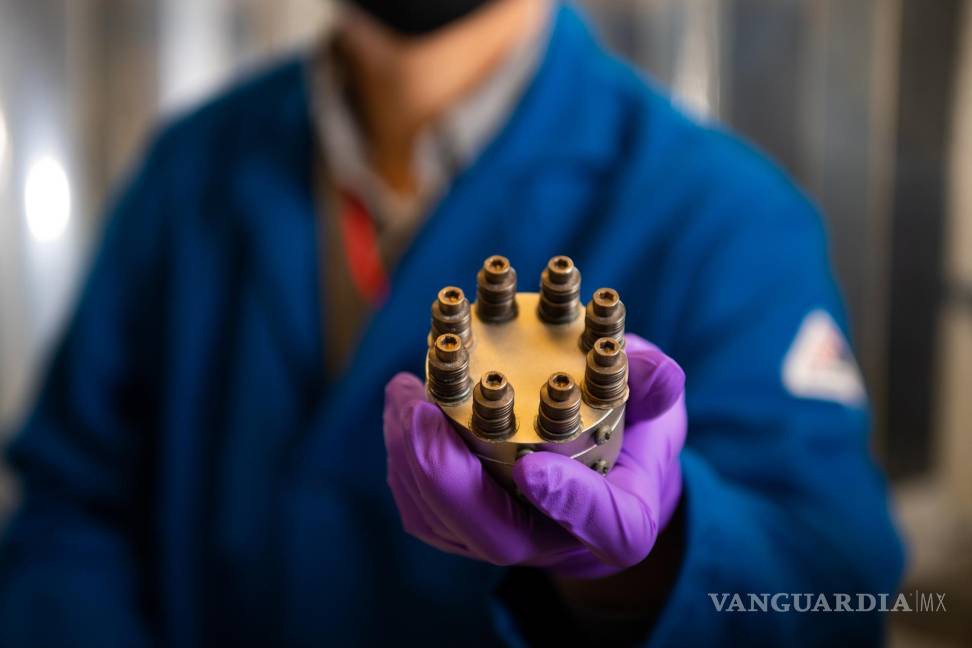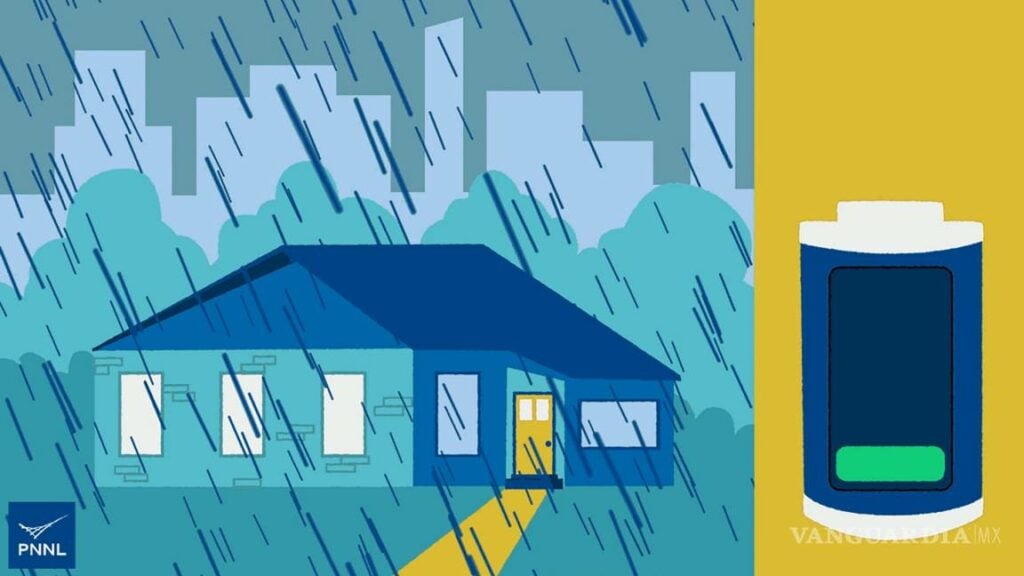Inspenet, May 16, 2023
Chalmers University of Technology in Sweden is leading a research project to develop batteries capable of storing electricity from solar and wind sources for months and years.
Current batteries store energy for only a few days. Chalmers batteries can release energy, accumulated in a liquid state or with a process called ‘freezing’.
If solar energy were available whenever it was needed, it would be very useful to be able to use that energy, regardless of the weather or the time of day, even if the sky was cloudy, blocking the arrival of the sun’s rays on the earth’s surface, as well as at night, when natural light is absent, two situations that prevent the photovoltaic panels from receiving the electromagnetic radiation necessary to generate electricity.
Power on demand: the new battery system allows you to take advantage of solar and wind energy at any time
Chalmers researchers have developed a technology that makes it possible to capture solar energy, store it for eighteen years and release it when and where it is needed, taking a further step in perfecting a previously developed system called MOST.

Having demonstrated how stored solar energy can be extracted as heat, they have now made the MOST system produce electricity by connecting it to a thermoelectric generator (generator that converts heat into electricity).
“It is a radically new way of generating electricity from solar energy, which can be used regardless of weather, time of day, season or geographic location, without causing carbon dioxide emissions,” says Kasper Moth-Poulsen, research director and professor in the Chalmers Department of Chemistry and Chemical Engineering.
This advance is based on MOST technology, a closed energy system based on a specially designed molecule of carbon, hydrogen and nitrogen, which when it receives sunlight changes its shape into an isomer (molecule made up of the same atoms, but arranged in a different way) rich in energy, he notes.
This “powered isomer” can be stored in liquid form for later use when needed, such as at night or in winter, Moth-Poulsen explains. “We have refined the system to the point that it is now possible to store energy for up to 18 years,” he confirms to EFE.

The Chalmers researchers had already managed to release the energy stored in MOST in the form of usable heat energy in a heating system, by making the isomer recover its original condition, by means of a device called a catalyst.
Now, they have made the MOST system also generate electricity on demand by connecting it to a thermoelectric generator consisting of an ultra-thin electronic chip.
The Swedish scientists sent the isomer to other researchers in China, where the energy was released and converted into electricity using the thermoelectric generator developed there.
“Basically, Swedish sunlight was sent to the other side of the world and turned into electricity in China,” according to Moth-Poulsen.

“This generator, which could be embedded in electronic devices such as headphones, smart watches and mobile phones, has managed to generate small amounts of electricity, but the concept works and we are working to increase the amount of heat and electricity it generates,” adds researcher Zhihang. Wang, also of Chalmers.
Photos : Chalmers University of Technology | Per Erséus, Språng kommunikation
Don’t miss the Inspenet News at: https://inspenet.com/inspenet-tv/

